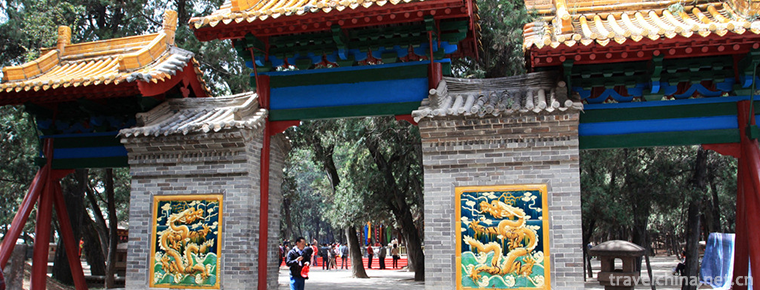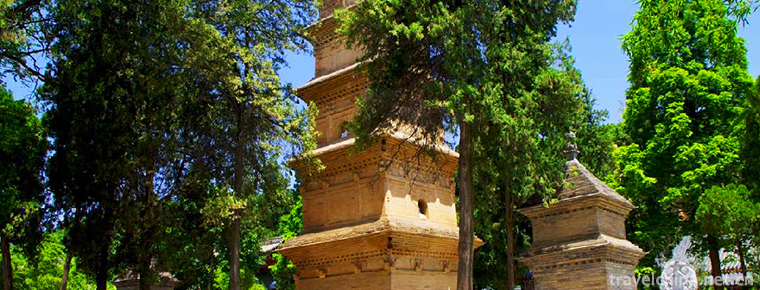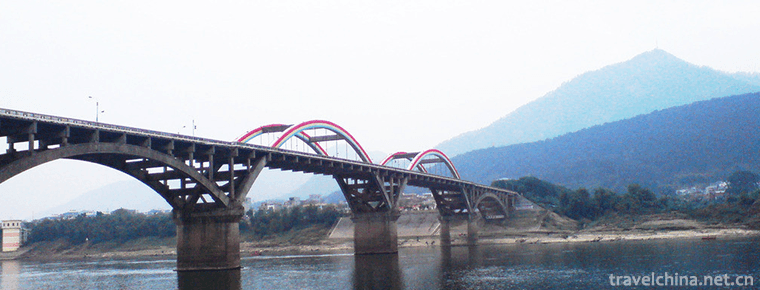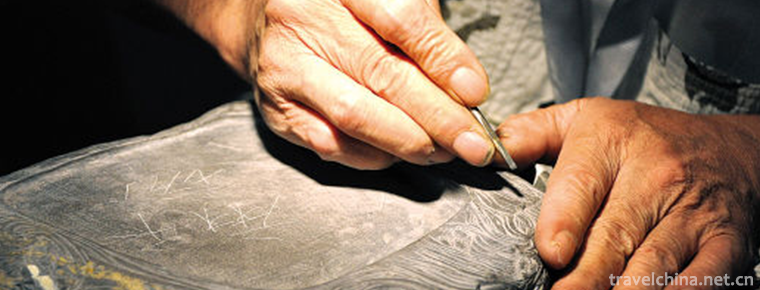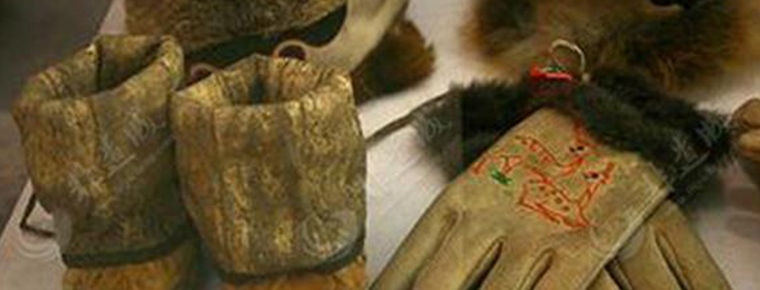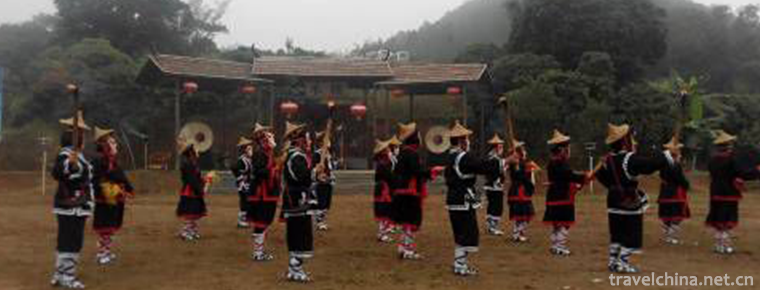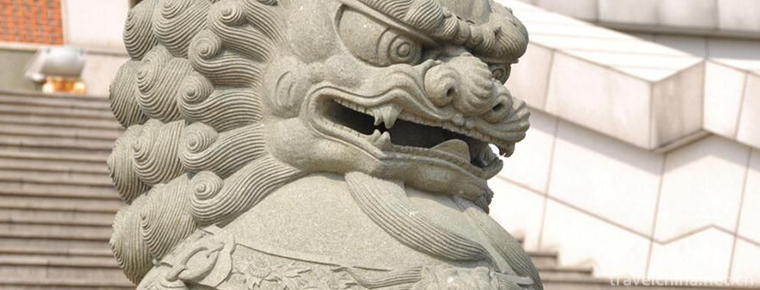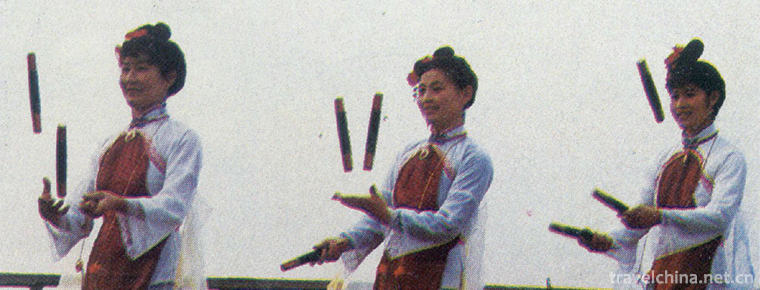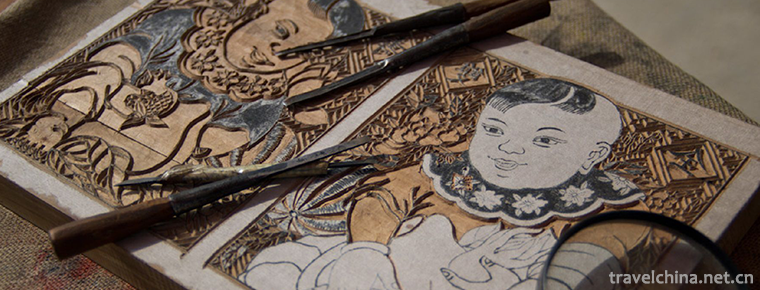Construction Skills of Felt House of Kazakh Nationality
Construction Skills of Felt House of Kazakh Nationality
Kazakh mattress building skills, Xinjiang Uygur Autonomous Region Tacheng area local traditional skills, one of the national intangible cultural heritage.
Kazakh mattress house is constructed by expandable wooden fence. It is surrounded by a circle of straw mats, which are woven with various colors of silk yarn and covered with white cloth embroidered blankets. The top of the carpet house is like a dome. The carpet covered can be opened upward so that the sunshine can be obtained in the tent.
In June 2008, Kazakh felt house construction technology was approved by the State Council of the People's Republic of China and listed in the second batch of national intangible cultural heritage list, heritage number: _-183.
historical origin
The construction of felt house of Kazakh nationality is an ancient craft, which has a history of more than 2,000 years.
In the Han Dynasty, the fine princess married to King Wusun sang in the song Yellow Crane: "My family married me to the heavenly side, far from the foreign King Wusun. The fornix serves as a wall, and the meat serves as a pulp. I wish to return to my native land for the Yellow Oriole because I think of my heart injury. This poem describes the felt room. The "dome" in the poem is the dome, which is the structural form of the felt house. It can be inferred that the princess Xijun described the felt room. This shows that in the period of Wusun Ancient Kingdom, the Kazakh people's ancestors have popularized the mobile architecture, and the construction technology has made a qualitative leap.
Process characteristics
Kazakh felt house construction techniques include carving, carving, chisel, weaving, tie, dyeing and other processes, the process is quite complex. The carpet builder made dyes and dyed colorful wool to weave curtains and roll felt, without any drawings and patterns, edge embroidery.
Kazakh mattress house is round in outline, simple in appearance but complicated in craftsmanship. All building materials and processes are completed by hand. It is not only convenient to carry, but also durable, comfortable to live, and has the characteristics of cold, rain and earthquake prevention.
Inheritance and protection
Inheritance value
Kazakh people's carpet building skills show their superb wisdom and infinite creativity, which indicates that Kazakh people's handicraft skills have reached a superb level, which condenses Kazakh people's aesthetic concept, humanistic thought, folk characteristics and historical memory, and has important reference value in the study of minority aesthetics, folklore and other fields.
Kazakh felt house occupies an important position in Chinese residential buildings. The mechanics and material methods involved, comprehensive dynamic plastic arts and technological ideas are of great research value.
Inheritance status
The emergence of industrialized production of cheap and beautiful carpets, embroidered carpets and portable steel tube houses has brought great impact on the traditional construction techniques of Kazakh carpet houses. The handicraft inheritors of this minority are on the older side, and are gradually decreasing. The handicraft inheritance of this minority has no worries about successors and needs to be protected urgently.
Inheriting characters
Dalekhan Habidihi, selected as the representative successor of the third batch of national intangible cultural heritage projects, declared in Tacheng area of Xinjiang Uygur Autonomous Region, declared the project: Kazakh mattress building skills.
protective measures
In 2013, Yerk, the inheritor of Kazakh carpet house construction technology, wanted to let the villagers around him make carpet houses with him, and form an industry of carpet house production. His Xinyuan County Saike National Handicraft Professional Cooperative was established. Through the form of joint venture, 57 villagers participated in the cooperative, and more than 20 felt houses were sold annually in the cooperative.
social influence
Important exhibition
In September 2016, at the Xinjiang International Convention and Exhibition Center, Kazakh felt room appeared in the textile exhibition hall of the Fifth China-Asia-Europe Expo.
In August 2016, Kazakh felt house appeared at the 4th Silk Road Xinjiang Cultural and Creative Industries Expo.

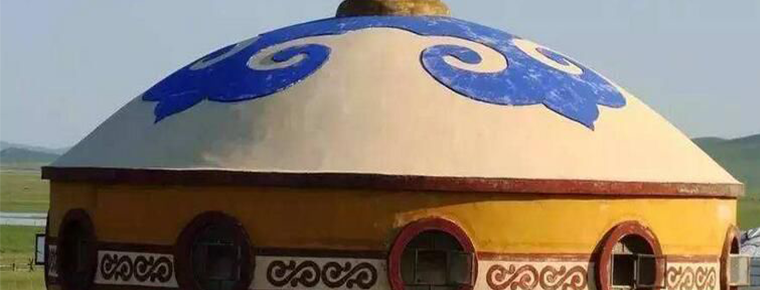
-
Huangdi Mausoleum Scenic Area
Huangdi Mausoleum is the tomb of Xuanyuan Huangdi, the ancestor of the Chinese nation. It is the only Huangdi Mausoleum recorded in Historical Records..
Views: 151 Time 2018-12-12 -
Pagoda of Xing Jiao Temple
Hingjiao Temple Pagoda is located in the original Hingjiao Temple of Shaoling, Chang'an District, Xi'an Province, Shaanxi Province. It is a famous figure in the history of Buddhist communication.
Views: 115 Time 2018-12-24 -
West Mountain Scenic Spot of Guiping
Guiping Xishan Scenic Spot, National AAAA Scenic Spot, National Geopark. Located in Guiping City, southeastern Guangxi Zhuang Autonomous Region, Xishan Scenic Spots 1 km away from the outskirts of the.
Views: 117 Time 2019-01-13 -
Duan Inkstone Production Techniques
Duan inkstone production technology, Zhaoqing City, Guangdong Province, traditional handicraft, one of the national intangible cultural heritage..
Views: 149 Time 2019-04-28 -
Making Skill of Roe Skin of Oroqen Nationality
The Oroqen nationality is one of the minorities with the smallest population in Northeast China. Because of the influence of living environment and customs, people of the Oroqen nationality.
Views: 312 Time 2019-04-28 -
Wo Lou dance
Helou Dance is a traditional folk entertainment program in Yunan County, Guangdong Province. It is called "living fossil" in traditional dance. Helou Dance is the product of.
Views: 138 Time 2019-05-02 -
Huian stone carving
Hui'an stone sculpture mainly served religion in its early stage, with strong religious color. It is mainly embodied in the architectural design, sculpture and installation of the temple,.
Views: 152 Time 2019-05-05 -
Three stick drum
Sanwanggu is a kind of folk singing form widely spread in Youyang of Chongqing, Yongshun County of Longshan County in Western Hunan, Zhangjiajie and Wuyang, Tianmen and Enshi Prefecture in southwester.
Views: 299 Time 2019-06-12 -
Yang Liu Qingmu New Year Print
Yangliuqing Wood Printing New Year Picture, Tianjin folk traditional art, one of the national intangible cultural heritage..
Views: 209 Time 2019-07-11 -
Left Foot Dance of Yi Nationality
The left foot dance of the Yi people, which is called "Gouzha" in the Yi language, falls to the left foot. Dao Guangnian's Dingyuan County Chronicle says, "It's called falling on the le.
Views: 339 Time 2019-07-13 -
Yi Quan
Yiquan, also known as Dacheng Quan, is one of the traditional Chinese boxing and belongs to Neijia Quan. It comes from mind boxing. Including: standing pile, trial, footwork, strength, sound test, pus.
Views: 168 Time 2019-07-13 -
Yibin transportation
Yibin is a transportation hub city in South Sichuan, which is famous for its comprehensive three-dimensional transportation network of water, land and air. It is located at the starting point of the golden waterway of the Yangtze River and the strategic point of Sichuan Yunna.
Views: 119 Time 2020-12-18
